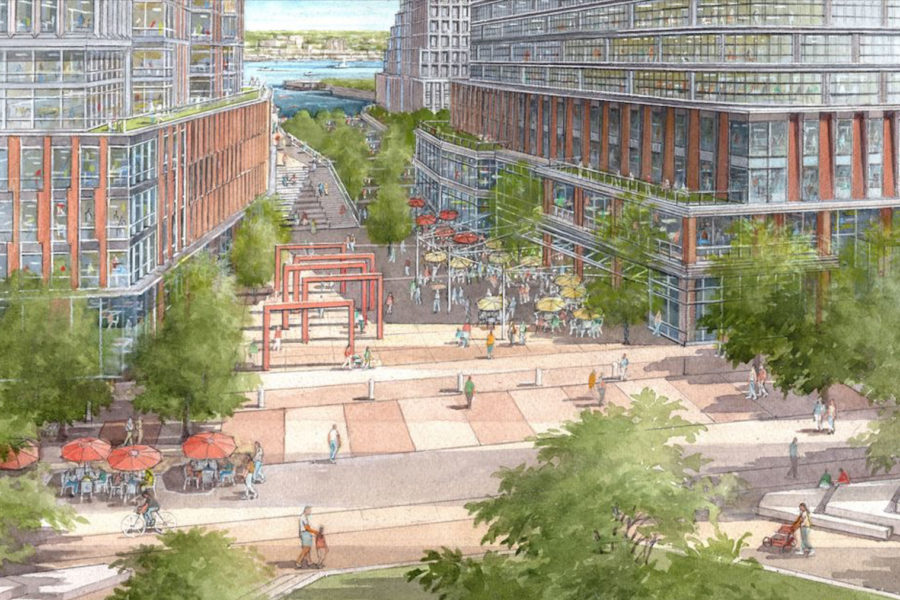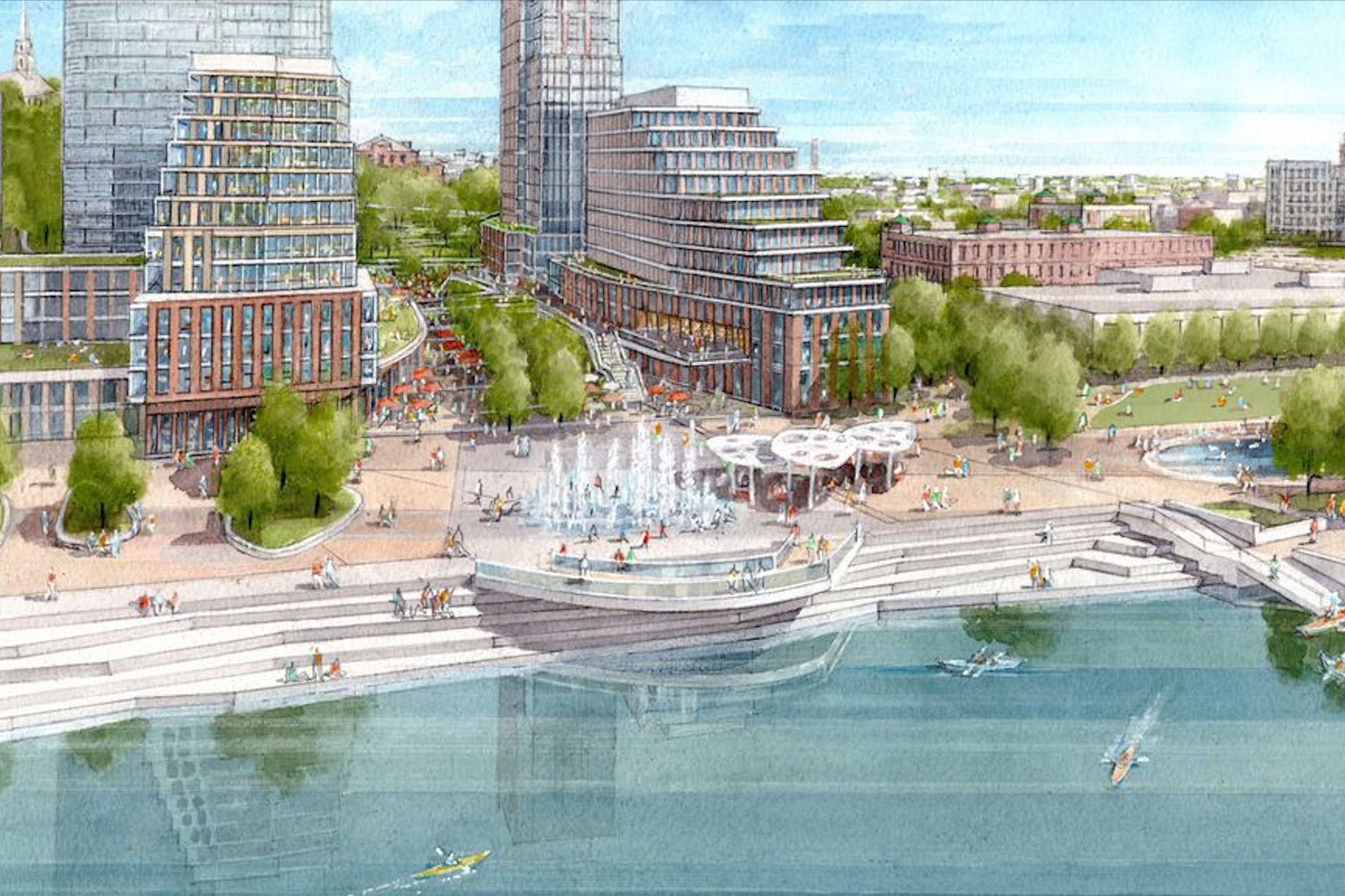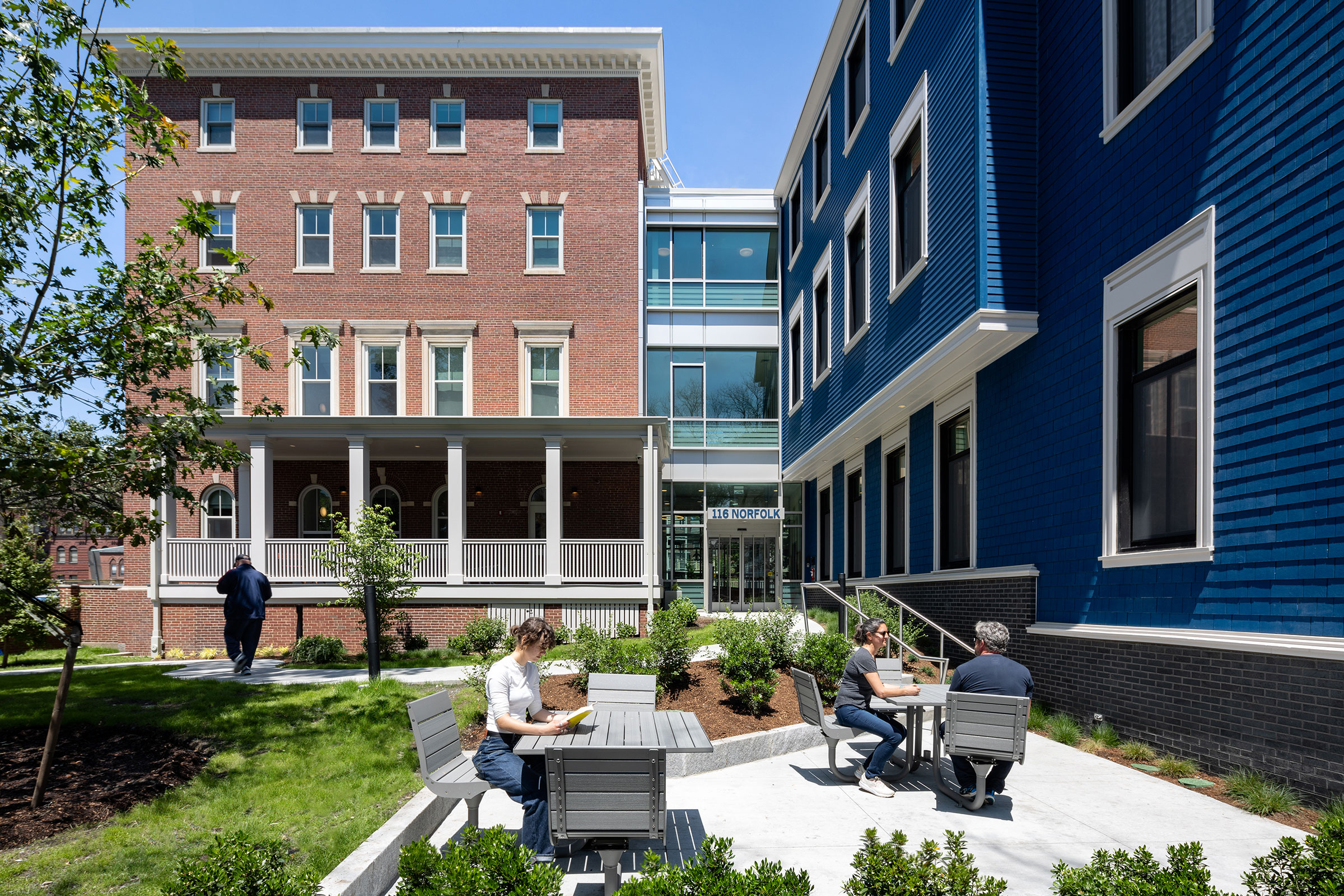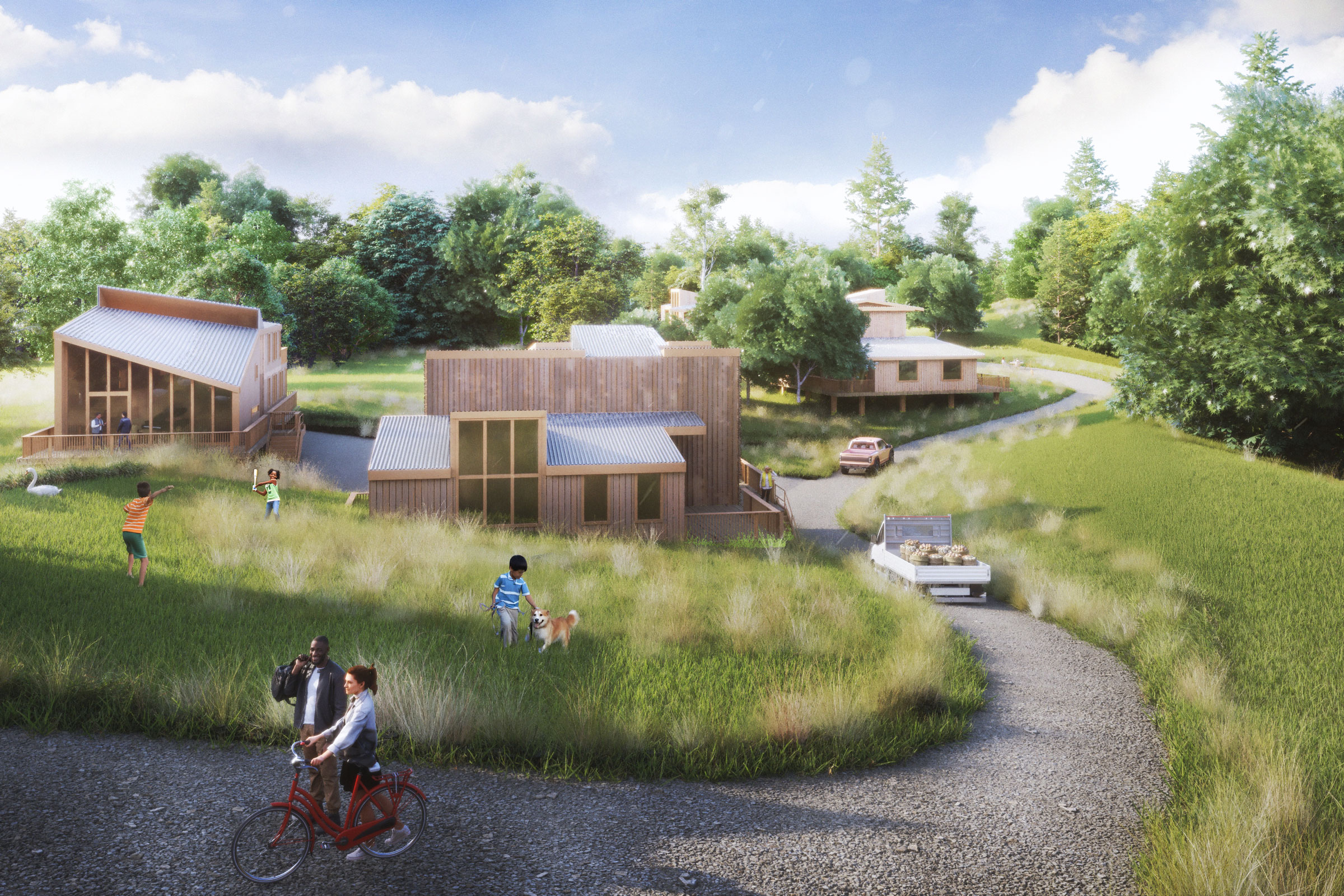Story at a glance:
- NELSON Worldwide’s Boston Studio is looking at ways to make this Northeastern city greener.
- Advocating for structures that don’t contribute to emissions of greenhouse gases is the next vital phase of sustainability.
- Using cross-laminated timber is conducive to building tall structures that are more sustainable than steel and concrete.
Boston’s architecture is molded after the city’s rich history, and while the architecture is pleasing to the eye, it is not the most sustainable for the environment and its residents. With a new focus on resiliency and sustainability, the city’s architecture is in the midst of a 21st century upgrade.
As managing director of NELSON Worldwide’s Boston Studio, I’ve worked in the region for nearly 28 years and on numerous projects in Boston. Here, we explore how to create a more resilient Boston.
Where does Boston stand when it comes to resiliency?
Boston, like many coastal cities, struggles with resiliency. One of the main areas facing an uphill battle is the Seaport District, a redeveloped stretch of the South Boston waterfront lined with bars, restaurants, and retail shops. The district was re-envisioned with a new master plan a few years ago to make the area a new frontier for innovation and technology. Unfortunately Boston was hit with multiple Nor’easters since the re-master plan in addition to the hotter summers and flooding during winter storms.
As a result, city officials and developers are looking for long-term solutions that will help protect the city for years to come. In fact, the city of Boston is preparing for climate change through its “Climate Ready Boston” campaign, an ongoing initiative to advocate and help Boston plan for the impacts of climate change and build a resilient future. A core component of the initiative is focused on enhancing Boston’s waterfront and protecting neighborhoods from sea level rise and flooding. Currently the Seaport District has somewhere between 40 to 50 new buildings under construction or in the planning phase and each project is prioritizing resiliency.
How sustainable is the historic architecture of Boston?
In addition to the historic architecture, Boston’s location creates an interesting dynamic when it comes to resiliency. So much of Boston was a marsh, resulting in buildings residing in floodplains. When the city was initially built, dirt was used from surrounding neighborhoods to make the ground, prompting most of the city’s foundations to be wood-based instead of concrete.
As for the actual buildings, Boston is home to some of the most gorgeous brick buildings and older architecture in the country. While they are durable, they are not sustainable. These buildings are prone to flooding, and the city is struggling to maintain its character and preserve its longevity. One area in particular, Four Point Channel, is home to many turn-of-the-century buildings. This section of Boston presents challenges regarding renovations because of the soil and the threat of rising sea levels. In the past I worked on a ground-up project in Four Point Channel, and we had to create “pins” all around the building to install flood barriers to reduce and dispose of flooding.
What are the biggest challenges in achieving resilience in Boston?
The challenge is water to land and who is responsible for what. These borders between private and state or federal land create an issue when it comes to payment and who is responsible for what modifications. Once it is determined who is paying for what, the sheer magnitude of cost is a new challenge. Some projects that require the elevation of seawalls and protecting coastlines require the assistance of Army Corps of Engineers since local contractors are often not equipped or skilled for these types of projects.
The next challenge is the standard of these waterfront projects. How far into the future does the city want us to build for? Building for 2050 is no longer acceptable; if the year is 2070 all the projects need to line up to meet flood zones and patterns for those years. Alignment between city officials, developers, architects, and contractors is paramount as we look to combat rising sea levels.
What steps are developers taking to be more sustainable?
Twenty years ago sustainability wasn’t a main focus for developers. Today evident climate shifts and increased awareness on the impact architecture and design has on the built environment has given sustainability refreshing momentum. A poorly designed built environment consumes excessive amounts of water and energy, produces unnecessary waste, and negatively impacts our well-being.
As cities like Boston look to make significant changes to become more sustainable, developers will take the steps to help achieve this. Some tactics include utilizing different materials to improve building functions. One example of this is cross-laminated timber (CLT), an alternative that is conducive to building tall structures and is more sustainable than steel and concrete. Other solutions can include using on-site renewable energy generation or highly efficient ventilation systems.
How can architects help?
There’s a growing need for architects and designers to emphasize and continue advocating for sustainability. Conversations with developers, owners, and key stakeholders should focus on aligning on sustainability goals and offering insight into the process and methodologies for design that positively impacts our environment.
Goals that are now obtainable are carbon neutral and net zero buildings. Advocating for structures that do not contribute to emissions of greenhouse gases and require zero energy consumption are the next vital phase of sustainability and resilience. While the government and developers are doing more than ever before as it relates to sustainability, there is still more that can be done, and architects need to show the positives of these buildings.
What are some innovative design features happening in Boston?
New zoning requirements in the city call for new projects in Charlestown and other Boston coastal neighborhoods to take additional steps to limit the damage and displacement related to the impacts of coastal storms and sea level rise.
Boston city officials are striving for LEED Gold on a majority of new projects. Officials are asking for all sustainable and resilience commitments to projects in just the planning stage, which is unusual but is a great step. If developers and architects follow building codes in Boston it qualifies as LEED Silver, so the minimum does a lot of good, but the city is striving for more.
What are popular sectors in Boston, and how are they affecting resilience?
As society becomes more sustainability-conscious, now more than ever developers are using sustainability and resilience design to set themselves apart from competitors. Especially when it comes to the fastest-growing sector in Boston, life-sciences, which includes facilities, labs, and manufacturing spaces for the field of pharmaceuticals, biotechnology, biomedical technologies, nutraceuticals, cosmeceuticals, and others. Knowing these projects require and emit a lot of energy, developers are looking to make these buildings more sustainable through material and building systems.
Residential buildings are also springing up all over because of the demand. Sustainability is easier to achieve in these projects because the kitchens and bathrooms are controllable on sustainability opposed to life science and labs.
What are some exciting current resilient projects in Boston?

NELSON Worldwide is working on the redevelopment of an approximately 15-acre site with a multi-phased mix-used development focused on resolving sea-level-rise issues facing Charlestown in Boston and the areas beyond. Rendering courtesy of NELSON Worldwide
We are currently working on one of the largest resiliency projects in Boston at 425 Medford Street. The master plan of the former Domino Sugar Factory consists of the redevelopment of an approximately 15-acre site with a multi-phased mix-used development focused on resolving sea-level-rise issues facing Charlestown and the areas beyond. The project is next to a quarter-mile of river edge and as a result we are raising the edge by six feet. This level of elevation goes beyond a wall, and creates a slope ensuring a sustainable shoreline and access to the water.
These types of projects require a significant financial commitment from local government officials to developers and a big portion of the investment is because of the resiliency edge. Moving forward, these are the types of projects and financial commitments we’ll need to see to keep Boston resilient.




